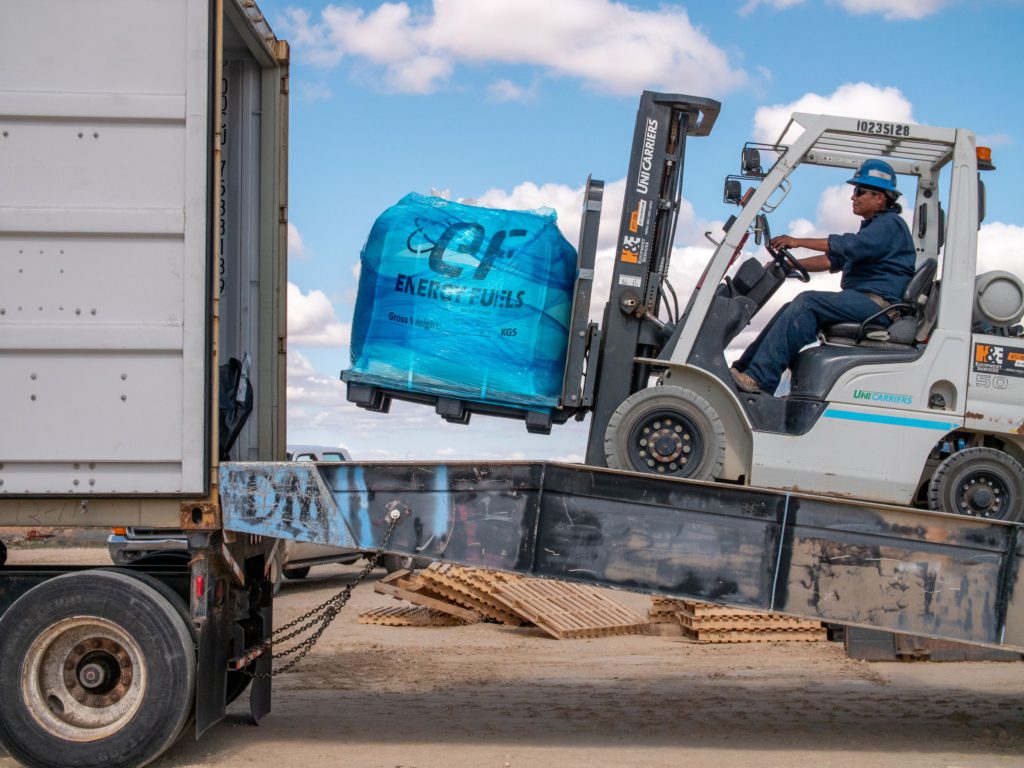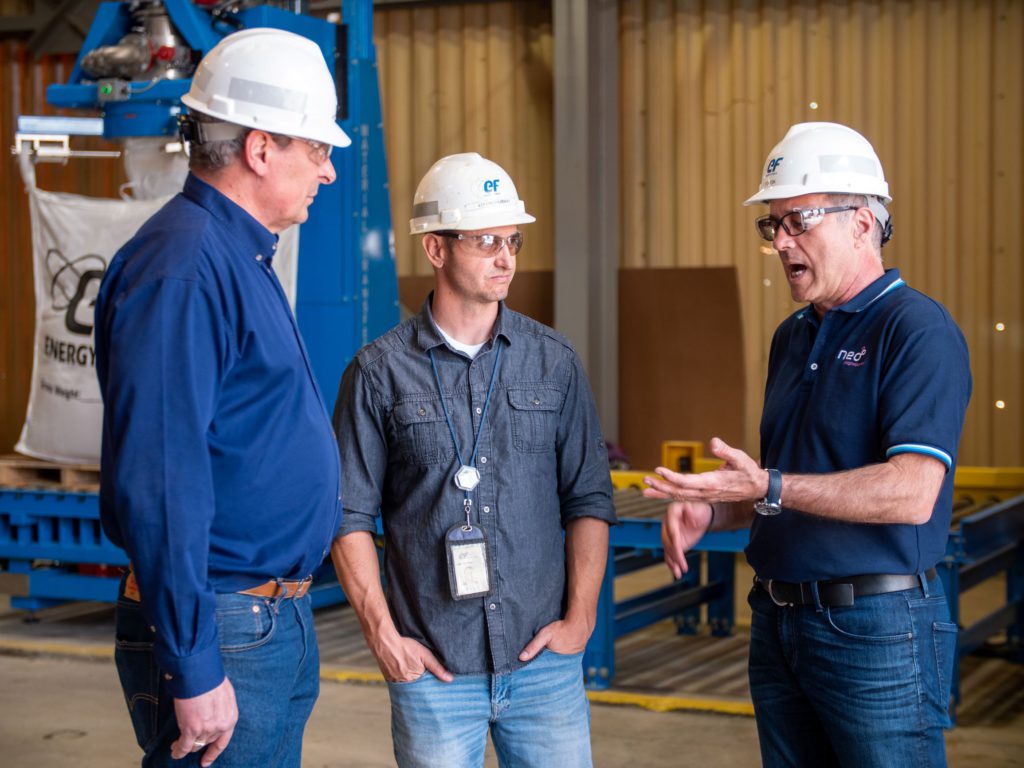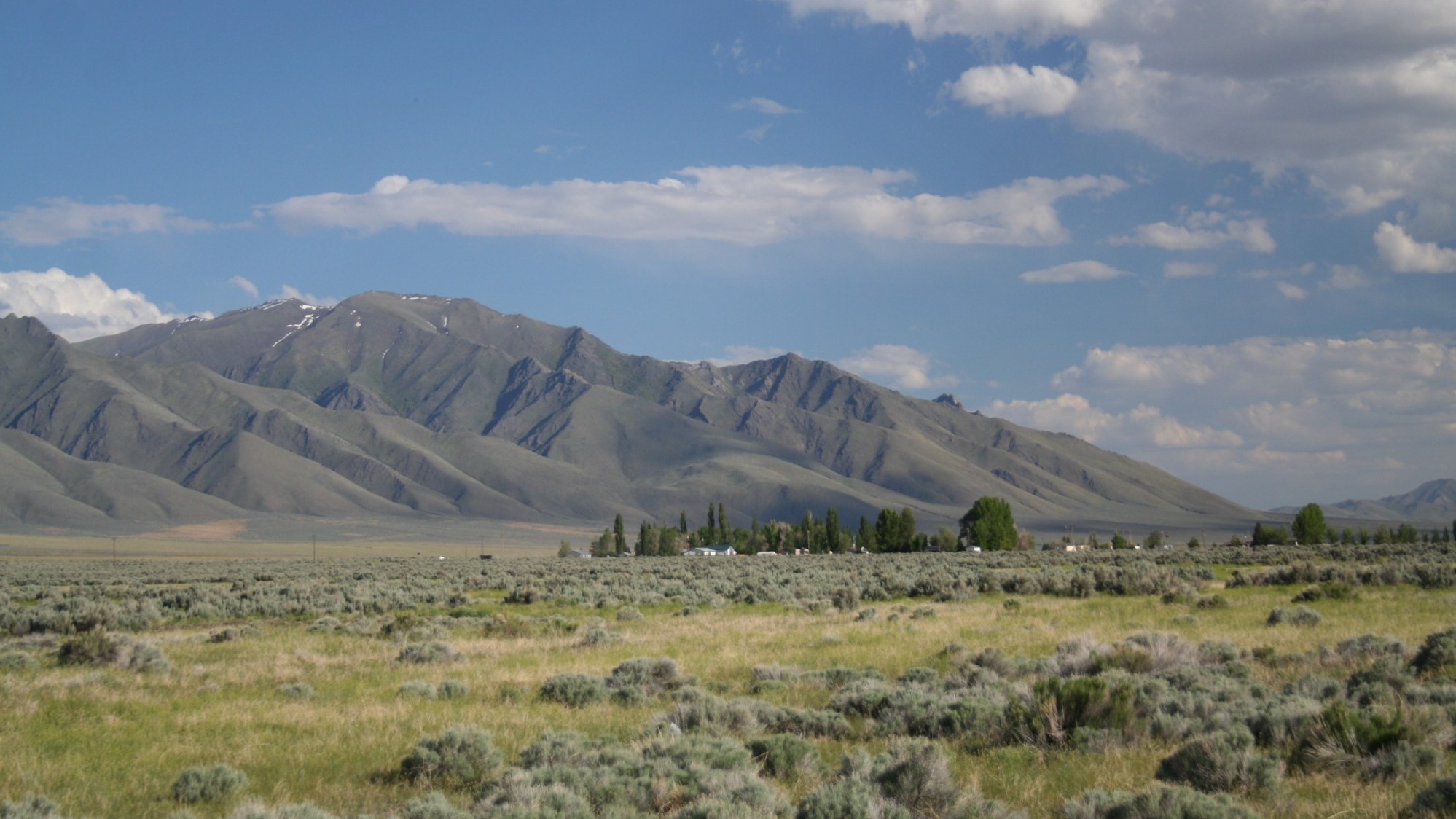Energy Fuels’ first shipment creates US-Europe rare earths supply chain

Energy Fuels (NYSE: UUUU) (TSX: EFR) and Neo Performance Materials (TSX: NEO) created a new United States-to-Europe rare earth supply chain this week when the first container – with 20 tonnes of product – of an expected 15 containers of mixed rare earth carbonate produced at Energy Fuels’ White Mesa Mill in Utah was shipped to Neo’s rare earth separations facility in Estonia.
More shipments of RE Carbonate will be en route as Energy Fuels continues to process natural monazite sand ore mined in the US state of Georgia by Chemours (NYSE: CC) for both the rare earth elements (REEs) and naturally occurring uranium that it contains.
REEs are the building blocks of an array of clean energy and advanced technologies, including wind turbines, electric vehicles, cell phones, computers, advanced optics, catalysts, medicine, and national defense applications. Monazite also contains significant recoverable quantities of uranium, which fuels the production of carbon-free electricity using nuclear technology.
Both the US- China trade war and the pandemic induced shutdowns to manufacturing plants in China that could potentially cut off US rare earths imports last year shone a spotlight on the fact the nation is reliant on China for its rare earths needs.
While some rare earths miners are testing samples in labs and engaged in permitting processes, Energy Fuels is the only company actually moving product, CEO Mark Chalmers told MINING.COM.
“The demand for rare earths is projected to increase fivefold in 10 years,” Chalmers said. We’re making more progress than anybody else in North America.”

The new supply chain will initially produce rare earth products from monazite that is processed into RE Carbonate at Energy Fuels’ Mill in Utah. The RE Carbonate is then processed by Neo at its Silmet rare earth processing facility in Sillamäe, Estonia into separated rare earth oxides and other rare earth compounds.
Neo is the only commercial producer of separated rare earth oxides in Europe and there is currently no separation facility in America, Chalmers said.
Energy Fuels was able produce carbonate quickly by retrofitting an existing uranium facility that already had permits for dealing with uranium recovery, and using existing infrastructure, Chalmers said.
“It’s the highest grade and best distributions of rare earths that facilities in the US can’t handle — that’s where we come in,” Chalmers said. “There is no next step in the United States. We ship to Estonia because that’s the only separation plant that makes the high purity rare earth elements in Europe.”
Plans are in the works to build a separation plant at White Mesa in the next 2-3 years, and possibly adding metals, alloys, and rare earth permanent magnets manufacturing capabilities. As a first step, the company has hired the French firm Carester SAS to produce a scoping study including capital and operating costs for a full rare earth separations capability at the White Mesa Mill.
“The launch of this new supply chain is a real gamechanger for Neo and our growing customer base in Europe,” said Constantine Karayannopoulos, Neo’s Chief Executive Officer.
“This U.S. to Europe supply chain will supplement Neo’s existing rare earth supply from our long-time Russian supplier. It will enable Neo to expand value-added rare earth production in Estonia to meet growing demand in Europe for these materials,” Karayannopoulos said in a media release.
“It begins to unlock the extraordinary economic and environmental potential presented by utilizing low-cost rare earth feedstock from monazite ore that is a byproduct of existing mining. And, it helps Neo ramp up rare earth production in Estonia just as Europe accelerates vehicle electrification and other initiatives aimed at mitigating climate impacts.”
The end products emerging from NEO’s Estonia plant are magnetic rare earth elements neodymium and praseodymium.
“We’re in a transformation period, and it’s staggering, how this transformation is occurring in the energy markets,” Chalmers said.
“Rare earths is emerging very, very quickly. We’re catching up to what China is doing – but we’re doing it at western world standards… [and] bringing back the supply chain, to get materials out of America, Canada, and Latin America and not be 90% dependant on China.”
More News
Lithium Americas reaches final investment decision for Thacker Pass mine
Once open, Thacker Pass is expected to produce 40,000 metric tons of battery-quality lithium carbonate per year.
April 01, 2025 | 03:05 pm
Gold retreats from record as traders brace for Trump’s tariffs
Traders are on edge as Trump plans to announce sweeping levies on all of America’s trading partners on Wednesday, raising the risks of retaliatory measures.
April 01, 2025 | 12:58 pm
{{ commodity.name }}
{{ post.title }}
{{ post.excerpt }}
{{ post.date }}



Comments